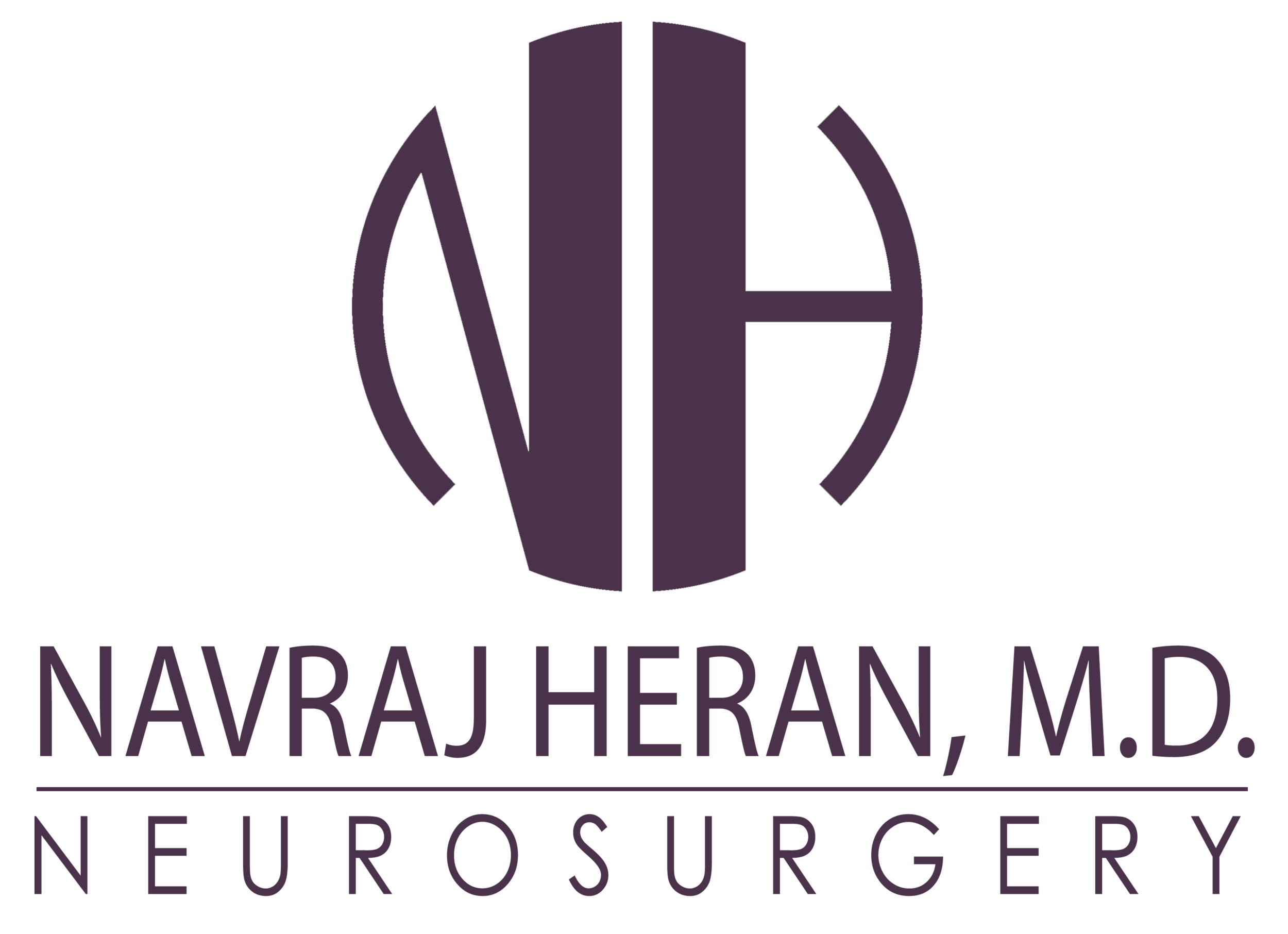A cerebral aneurysm is often discovered after it has ruptured or by chance during diagnostic examinations, such as computed tomography (CT scan), magnetic resonance imaging (MRI), or angiography.
Specific treatment for a cerebral aneurysm will be determined by multiple factors: The size and location of the aneurysm, the presence or absence of symptoms, the patient's age and medical condition, and the presence or absence of other risk factors for aneurysm rupture are considered.
In some cases, the aneurysm may not be treated, and the patient will be closely followed by a doctor. In other cases, surgical treatment may be indicated.
A cerebral aneurysm (also called an intracranial aneurysm or brain aneurysm) is a bulging, weakened area in the wall of an artery in the brain, resulting in an abnormal widening, forming a “balloon” or “bubble”. Because there is a weakened spot in the aneurysm wall, there is a risk for rupture of the aneurysm.
Although a cerebral aneurysm may be present without symptoms, the most common initial symptom of a cerebral saccular aneurysm is a sudden headache from a subarachnoid hemorrhage (SAH). SAH is bleeding into the subarachnoid space (the space between the brain and the membranes that cover the brain) and not into the brain tissue. A significant risk of death is associated with the rupture of a cerebral aneurysm.
The symptoms of an unruptured cerebral aneurysm include, but are not limited to, the following: Headaches, Eye movement deficits

